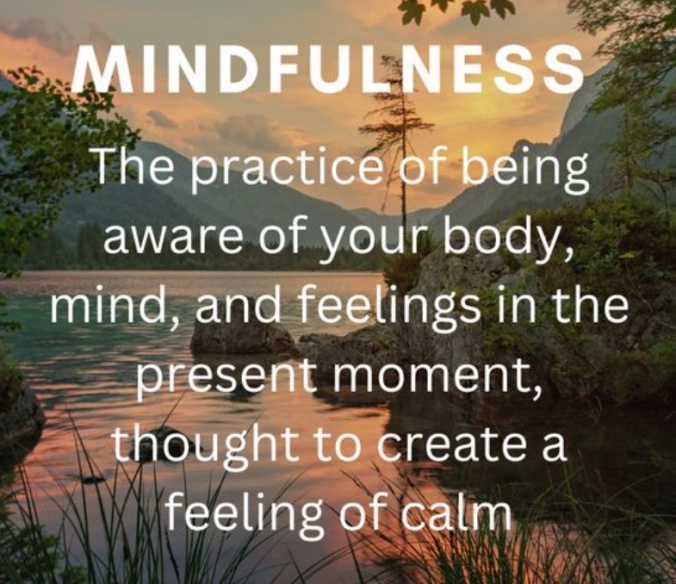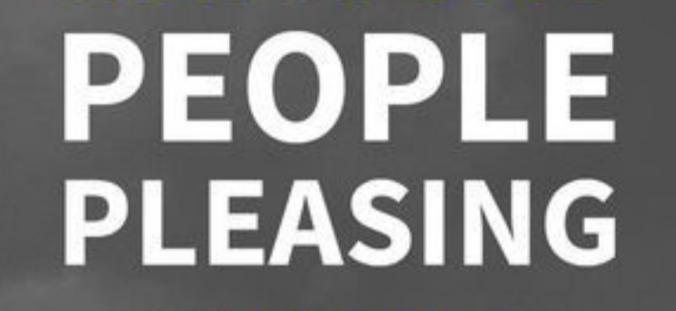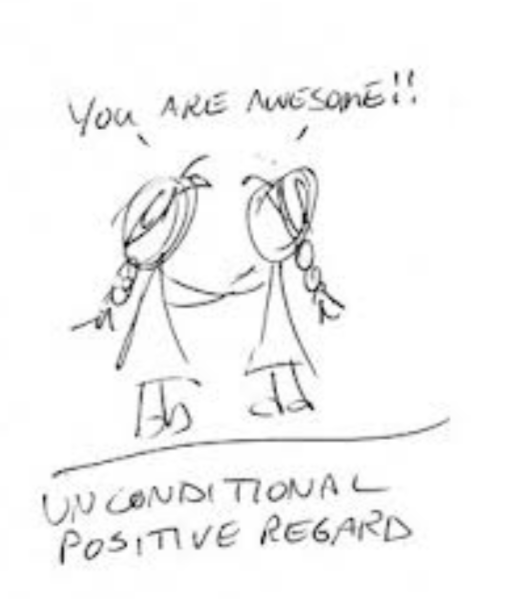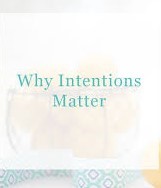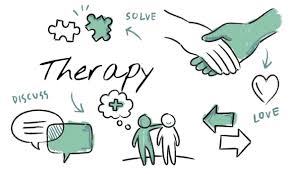Mindfulness—it’s one of those buzzwords that seems to be everywhere lately, right? But there’s a reason for it. Mindfulness is all about learning to live in the *now* instead of getting lost in what happened yesterday or what might happen tomorrow. It’s a simple practice that can make life a lot less stressful and way more satisfying.
So, what’s the deal with mindfulness, and how can you actually put it to use in your day-to-day life? Let’s break it down.
Why Practice Mindfulness?
At its core, mindfulness is about paying attention to what’s going on right now without judging it. When you get good at it, you start responding to life with a little more calm and a little less panic. Here are some great reasons to give it a try:
1. Breathe Away Stress: Mindfulness can help you take a step back when things get intense, instead of letting stress take over. Think of it as a pause button that lets you chill for a second and reset.
2. Boost Focus & Get More Done: When you’re constantly thinking about 10 things at once, it’s tough to focus on the one thing you’re actually doing. Mindfulness trains you to focus on one thing at a time, making life feel less chaotic.
3. Build Emotional Strength: Life throws a lot of emotions at us, but mindfulness can help you manage them instead of getting swept away. You get better at observing how you feel and responding, instead of reacting.
4. Better Relationships: Ever had a conversation where you feel like the other person isn’t really *there*? Mindfulness helps you truly listen and be present, which makes you a better friend, partner, or coworker.
5. Show Yourself Some Kindness: We’re often our own worst critics. Mindfulness helps you notice when you’re being hard on yourself and encourages a kinder, more forgiving mindset.
Easy Ways to Start Practicing Mindfulness
So, how do you actually do it? Here are some fun, no-fuss ways to get started with mindfulness:
1. Breathe Your Way to Calm
The easiest way to practice mindfulness is just by breathing. Here’s how to do it:
– Sit comfortably, close your eyes if it helps, and take a few slow, deep breaths.
– Focus on your breathing—the feeling of the air going in and out.
– When your mind wanders (and it will!), just gently bring it back to your breathing.
Start with a minute or two. You’ll be surprised how refreshed it makes you feel.
2. Try a Body Scan
This is great for unwinding, especially before bed. Think of it as a mental check-in with your body:
– Lie down, close your eyes, and take a few breaths.
– Start at your head and work your way down, noticing any tension or soreness.
– Don’t try to change anything, just observe. You’re tuning in, not fixing!
Body scans can be super relaxing and help you fall asleep faster.
3. Practice Mindful Eating
Next time you eat, slow it down and really enjoy it. Here’s how:
– Notice the colors, smells, and textures of your food before taking a bite.
– When you take a bite, pay attention to the taste and feel of the food in your mouth.
– Savor each bite, rather than rushing through the meal.
Mindful eating makes food taste better and even helps you avoid overeating because you’re more in tune with how full you feel.
4. Take a Mindful Walk
You don’t need to sit still to be mindful! Walking meditation is an awesome way to connect with the moment:
– Find a peaceful spot, indoors or outside, and walk slowly.
– Notice how your feet hit the ground and how your body shifts with each step.
– Focus on each movement, and when your mind wanders, gently bring it back to your steps.
Walking meditation is great for calming down and makes a walk feel like a mini-vacation.
5. Use the 5-4-3-2-1 Technique
This is a quick go-to if you’re feeling overwhelmed or stressed out. It’s all about using your senses to ground yourself:
– Look around and find 5 things you can see.
– Notice 4 things you can feel (like the warmth of your sweater or the floor under your feet).
– Listen for 3 things you can hear.
– Take in 2 things you can smell.
– Notice 1 thing you can taste, or take a sip of water if nothing comes to mind.
This exercise is a lifesaver when you need to snap back into the present.
Making Mindfulness a Habit
Mindfulness doesn’t need to be complicated, and you don’t have to be perfect at it. The goal isn’t to feel calm all the time—it’s to be more aware, more often, so you can handle whatever comes your way with a little more grace. Start small and be patient. Even a few mindful moments each day can make a huge difference over time.
So go ahead—give one or two of these exercises a try. Notice what happens when you bring your focus back to the present, even just for a few minutes. Mindfulness can help you savor life’s little moments and tackle the tough ones with a lot more ease.
